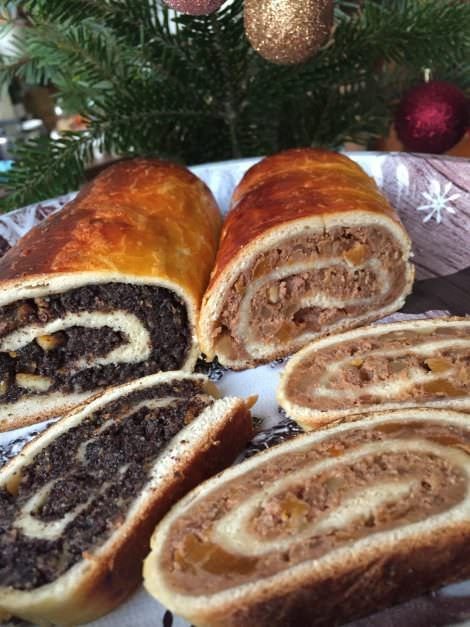
Culinary Hungary: A Journey Through Traditional Hungarian Cuisine
Hungary, a land of rich history and vibrant culture, boasts one of the most distinctive and flavorful cuisines in Central Europe. Rooted in centuries of tradition, Hungarian cuisine is known for its bold flavors, hearty ingredients, and deep, comforting aromas that fill kitchens with warmth. From the spice-laden stews to delicate pastries, every dish tells a story of the country’s past—of influences from Ottoman, Austrian, and Slavic cultures, blended into something uniquely Hungarian.
Whether it’s the unmistakable smoky scent of goulash simmering with paprika, the golden crispness of lángos fresh out of the fryer, or the tender sweetness of palacsinta (Hungarian crepes), every meal is an experience of tradition, passion, and love.
In this deep dive into Culinary Hungary, we’ll explore the most iconic dishes, traditional cooking techniques, and the time-honored customs that make Hungarian food so special.
The Essence of Hungarian Cuisine
Hungarian food is bold, flavorful, and satisfying. Unlike some neighboring cuisines, which lean toward subtlety, Hungarian dishes embrace rich spices, slow-cooked meats, creamy sauces, and smoky, earthy flavors. Here are some defining characteristics of Hungarian cooking:
1. The Magic of Paprika
Paprika is the soul of Hungarian cuisine. This vibrant red spice, made from dried and ground peppers, is used in everything from soups and stews to meats and sauces. Hungarian paprika comes in several varieties, ranging from sweet to fiery hot, and no Hungarian kitchen is complete without it.
2. Slow Cooking and Deep Flavors
Hungarians take pride in slow-simmered dishes that allow flavors to develop over time. Many traditional meals, like pörkölt (meat stew) or gulyás (goulash), are cooked for hours to achieve that perfect, rich taste.
3. Hearty and Comforting Ingredients
Traditional Hungarian food is designed to warm the body and satisfy the soul. Staples include:
- Meat – Beef, pork, and poultry are common, often cooked in stews or roasted.
- Potatoes – Used in soups, casseroles, or as a side dish.
- Dairy – Sour cream (tejföl) is a favorite topping, adding creaminess and a slight tang to many dishes.
- Cabbage – A key ingredient in stuffed cabbage rolls and stews.
- Egg noodles and dumplings – Found in many soups and pasta-based dishes.
The Most Iconic Hungarian Dishes
1. Gulyás (Hungarian Goulash)
The national dish of Hungary, goulash is not just a meal—it’s an institution. This thick, hearty soup-stew hybrid is made with beef, onions, potatoes, carrots, and, of course, paprika. It’s traditionally cooked in a bogrács (a cast-iron kettle) over an open fire, giving it a smoky depth that’s hard to resist.
A well-made gulyás is rich but not overly heavy, with just the right balance of meat, vegetables, and spice. It’s best enjoyed with fresh crusty bread and a glass of Hungarian red wine.
2. Pörkölt (Hungarian Meat Stew)
Similar to goulash but thicker and more intensely flavored, pörkölt is a slow-cooked meat stew made with beef, pork, or chicken, flavored with paprika and onions. It’s served with nokedli (small Hungarian dumplings, similar to German spaetzle) and a dollop of sour cream.
Pörkölt is one of Hungary’s most beloved comfort foods, often enjoyed at family gatherings or special occasions.
3. Lángos (Hungarian Fried Bread)
Hungary’s most popular street food, lángos is deep-fried flatbread that’s crispy on the outside and soft on the inside. The most classic topping is garlic butter, sour cream, and shredded cheese, but you can also find variations with ham, bacon, or even sweet toppings like Nutella.
Lángos is a must-try when visiting Hungary, especially at markets, food festivals, or lakeside food stalls.
4. Töltött Káposzta (Stuffed Cabbage Rolls)
A dish enjoyed during Christmas and special family gatherings, töltött káposzta consists of cabbage leaves stuffed with a mixture of ground pork, rice, and spices, then simmered in a flavorful tomato and paprika sauce.
Served with sour cream and fresh bread, this dish is a comforting and filling meal perfect for cold Hungarian winters.